“Fried” apricot varenye: Making traditional Russian preserves in a pan (RECIPE)
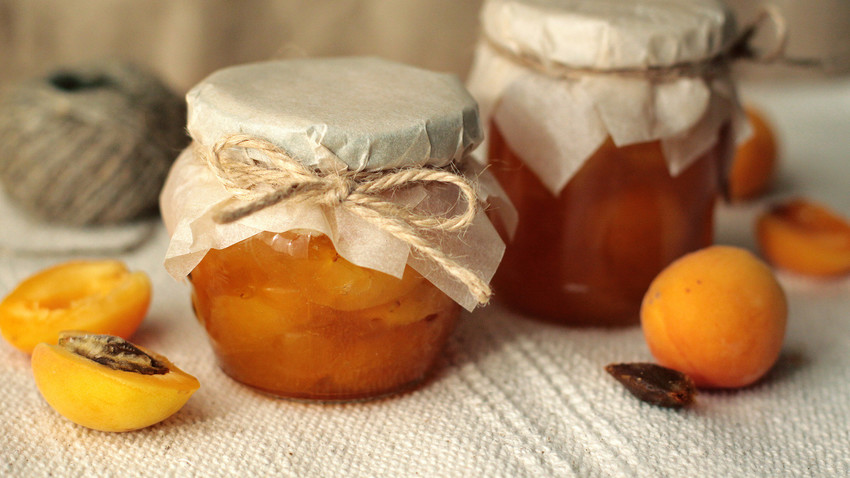
Keep the summer spirit alive with this easy-to-cook fruit jam!
Victoria DreyVarenye is a true symbol of sweet Russian cuisine, beloved since the days of Old Rus. It is a kind of fruit or berry jam that you use as a topping, filling or sweetener but with a different texture: it is cooked in such a way that the fruits don’t break down, and which gives you a signature texture of full fruits soaked in thick syrup.
There are several ways of making varenye – and each leaves you with the unique type of this dessert.
1. Traditional varenye
The first is time-consuming: you need to mix fruits with a large amount of sugar and leave at least for overnight. Then, bring a pot with sugared fruits to a boil and set aside to cool down completely – repeat this step 3-4 times every 8-10 hours. This way you get the most tender varenye with soft fruits and transparent syrup.
2. 5-minute varenye
Another type is the so-called ‘5-minute varenye’. The name speaks for itself: it is the quickest and easiest, which works perfectly for berry varenye. However, it might not be the best for fruit preservation due to the bigger size. You simply cook berries with sugar for 5-7 minutes and transfer the mixture to jars. It doesn’t have that signature thick and syrupy consistency as the traditional one, but still it’s very delicious and great for adding to yoghurts, porridges and desserts.
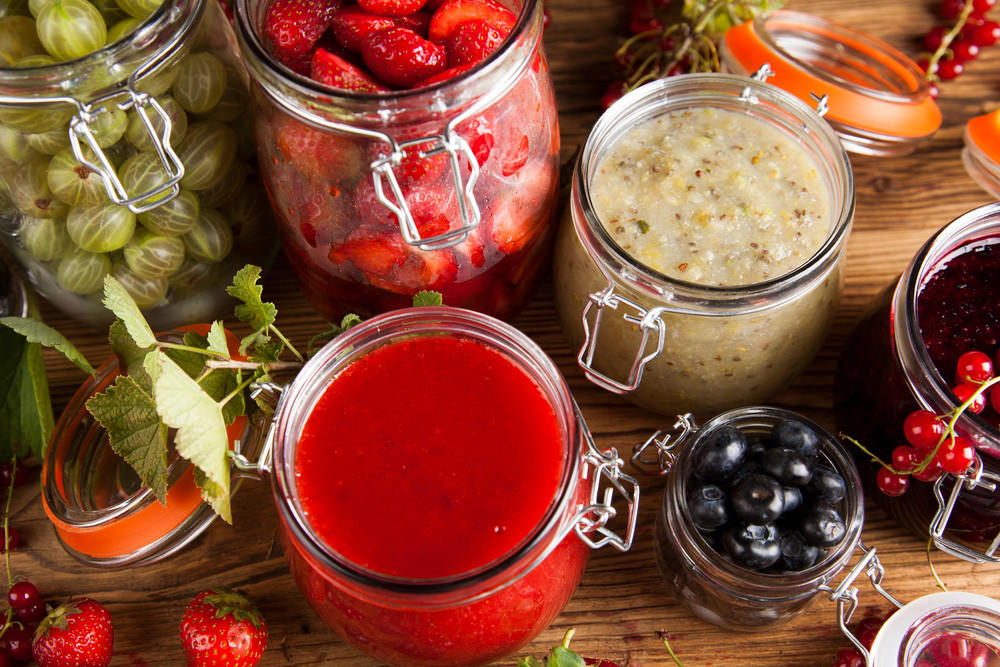
READ MORE: 7 kinds of Russian jam you can cook yourself - so get foraging!
3. “Raw”-varenye
This type of varenye doesn’t need any thermal processing. Just grate berries or fruits with a pestle, mincing machine or blender; then add sugar, and mix all together and store in sterile and well-sealed jars. This varenye is not thick and syrupy but works great as a sweet topping or a base for fruit and berry tea.
4. “Fried” varenye
One of the most original ways of cooking varenye is making it in a pan. It’s called “fried” varenye, because you literally cook fruits or berries with sugar on a skillet. I think that it’s a golden mean between the traditional time-consuming and 5-minute varenye. So, you basically get the perfect result for much less time. This recipe is universal so you can make this varenye with any seasonal fruit or berries – my favorite is apricot since it’s one of the most flavored and rich in taste.
Recipe for apricot varenye on a pan
Ingredients for 3 small jars:
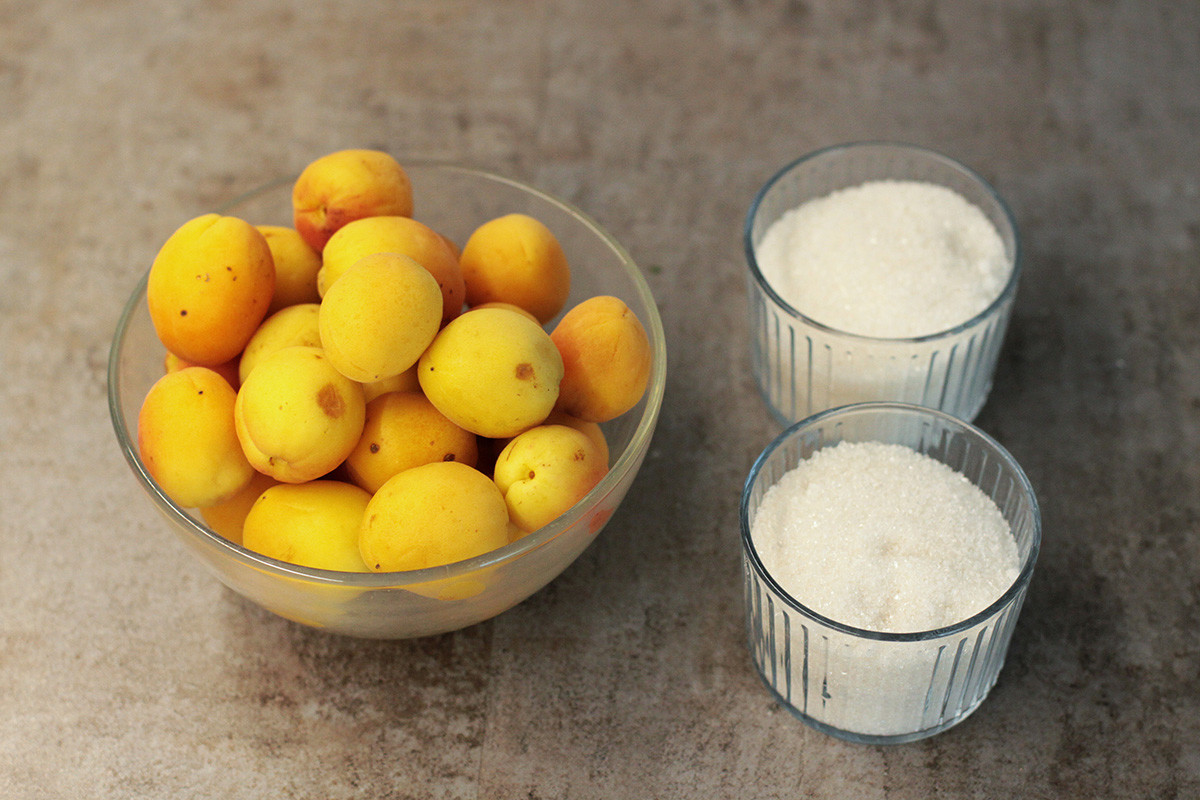
- 500g apricots
- 250g sugar
Cooking:
1. For your varenye choose well-ripened though not soft apricots. Gently wash and dry the fruits, split in two and remove the pits.
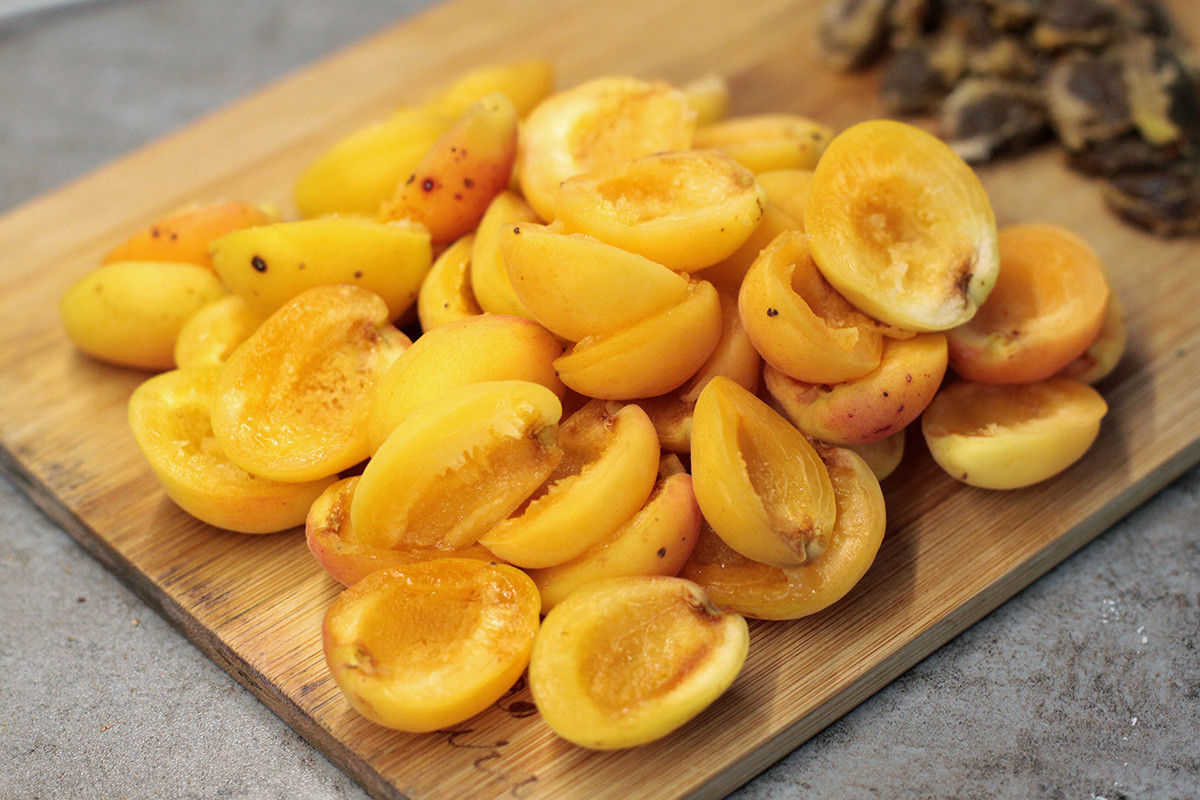
2. Prepare a large pan with a heavy bottom and high sides. Spread your apricot halves on the pan’s surface and top with sugar.
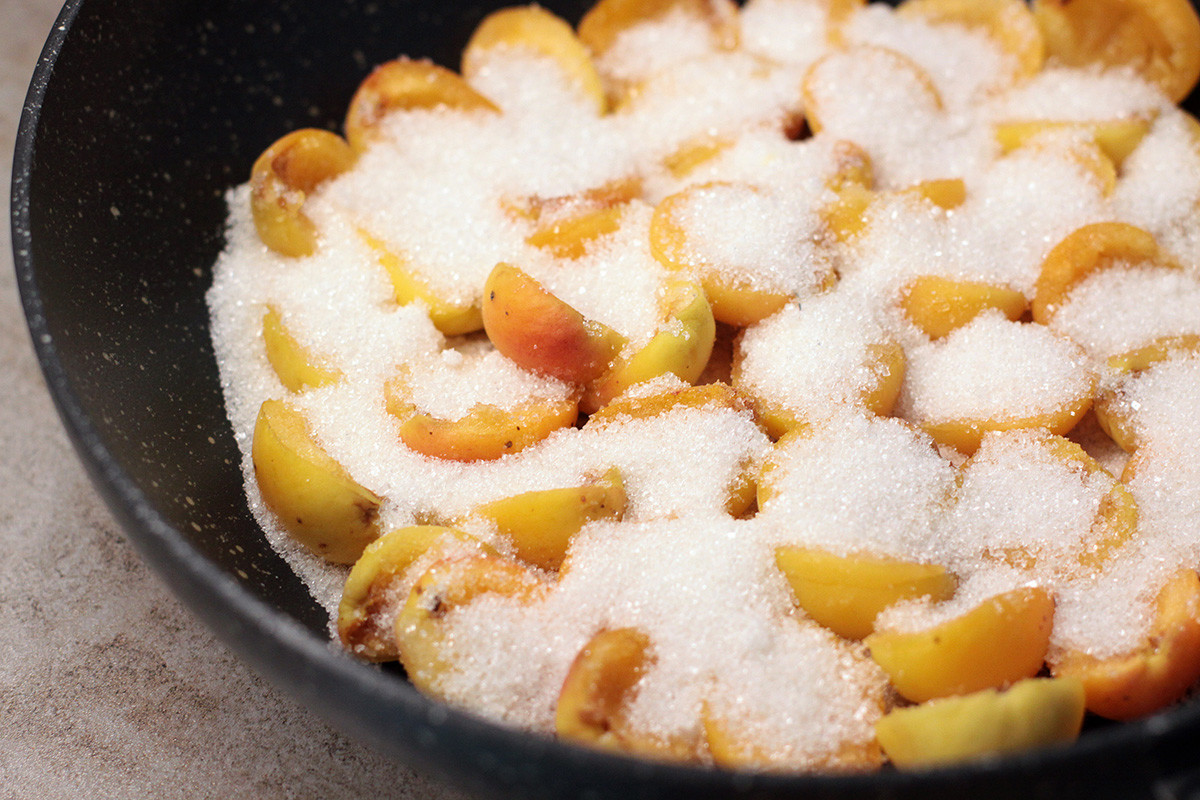
3. Using a wooden spoon, mix the apricots with sugar and place on medium heat. It is very important not to cook on high heat, otherwise, you’re likely to get hard candy instead of soft varenye. Bring the mixture to a light boil and notice how the apricots start giving juice and the sugar dissolves. Don’t forget to gently stir the mixture from time to time.
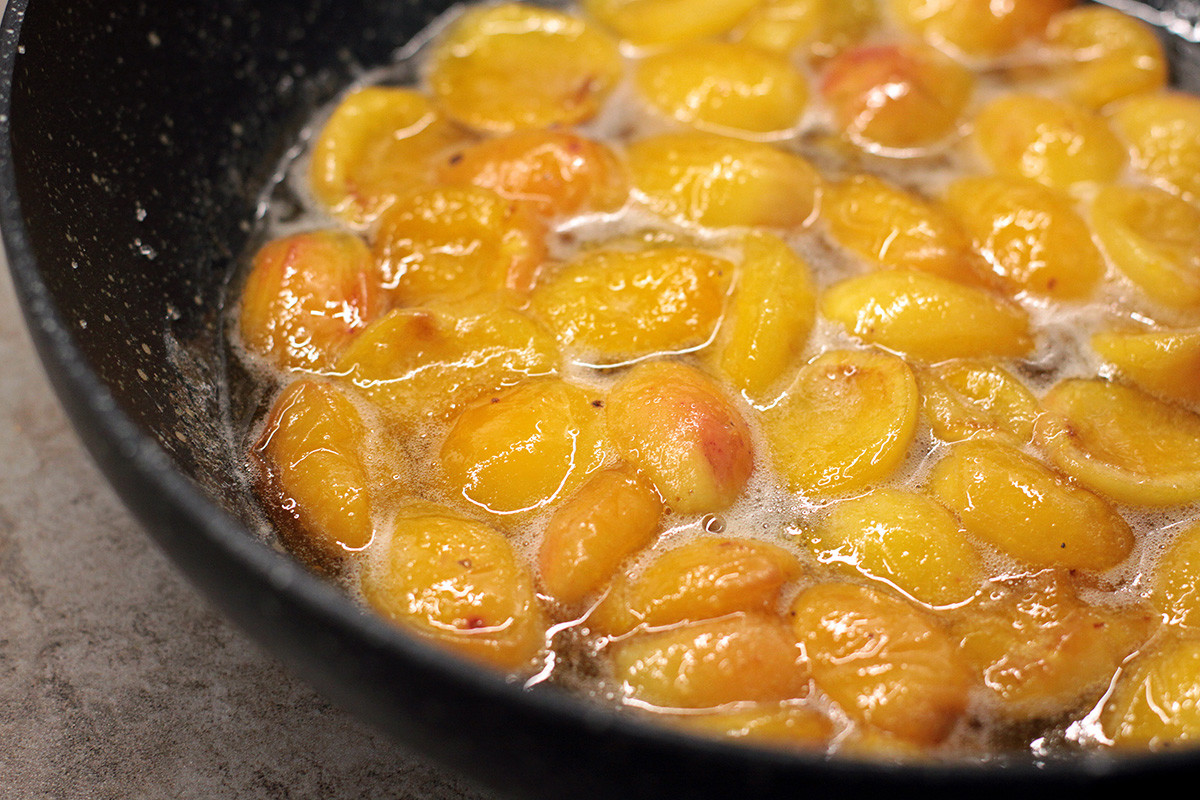
4. After the sugar fully dissolves, let the mixture boil for 7-10 more minutes and turn off the heat.

5. Before transferring your varenye into jars, make sure to sterilize them. Firstly, wash jars with water and a small amount of baking soda. Then, pour 2-4 tablespoons of water into every jar and place in the microwave for 2 minutes at maximum power. Drain the water and place the jars upside-down on a paper towel until dry.
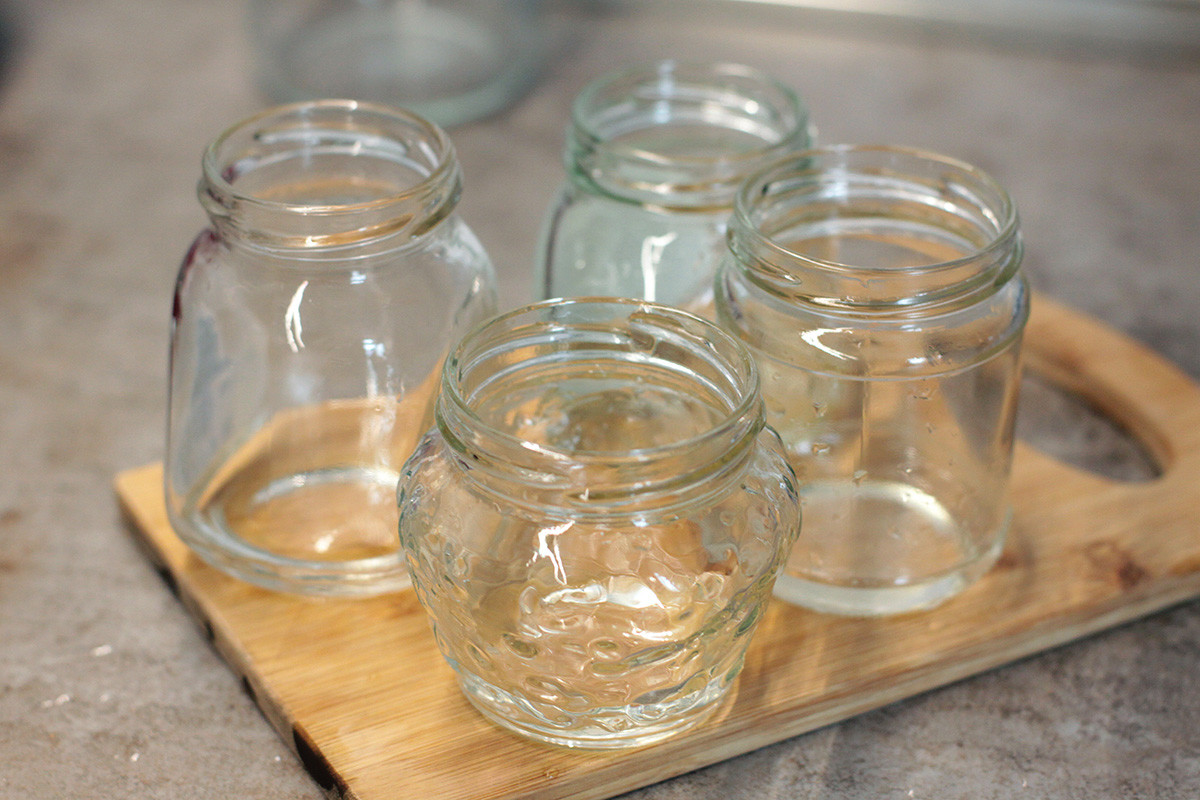
6. As for the caps, put them in a pot with 1 glass of water and boil for a couple of minutes.
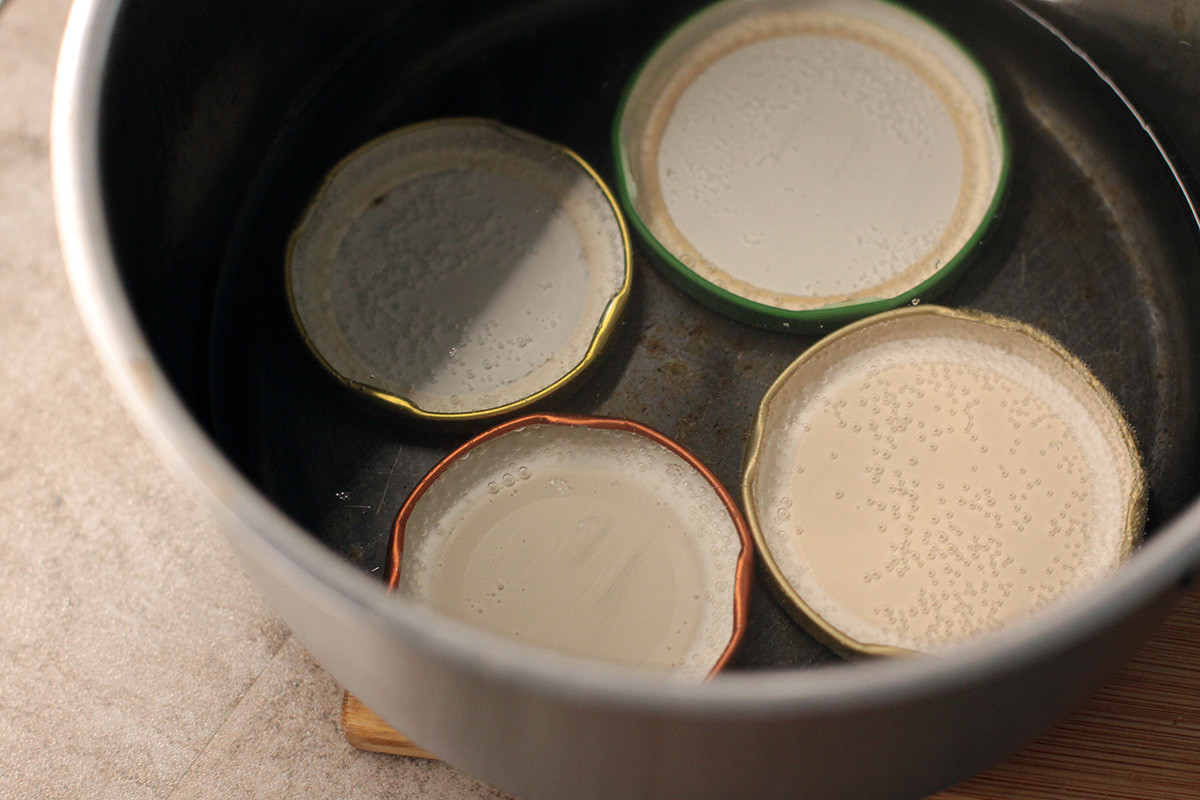
7. When the jars are ready, carefully pour hot the varenye, tightly seal with caps and leave at room temperature to rest until it completely cools down.
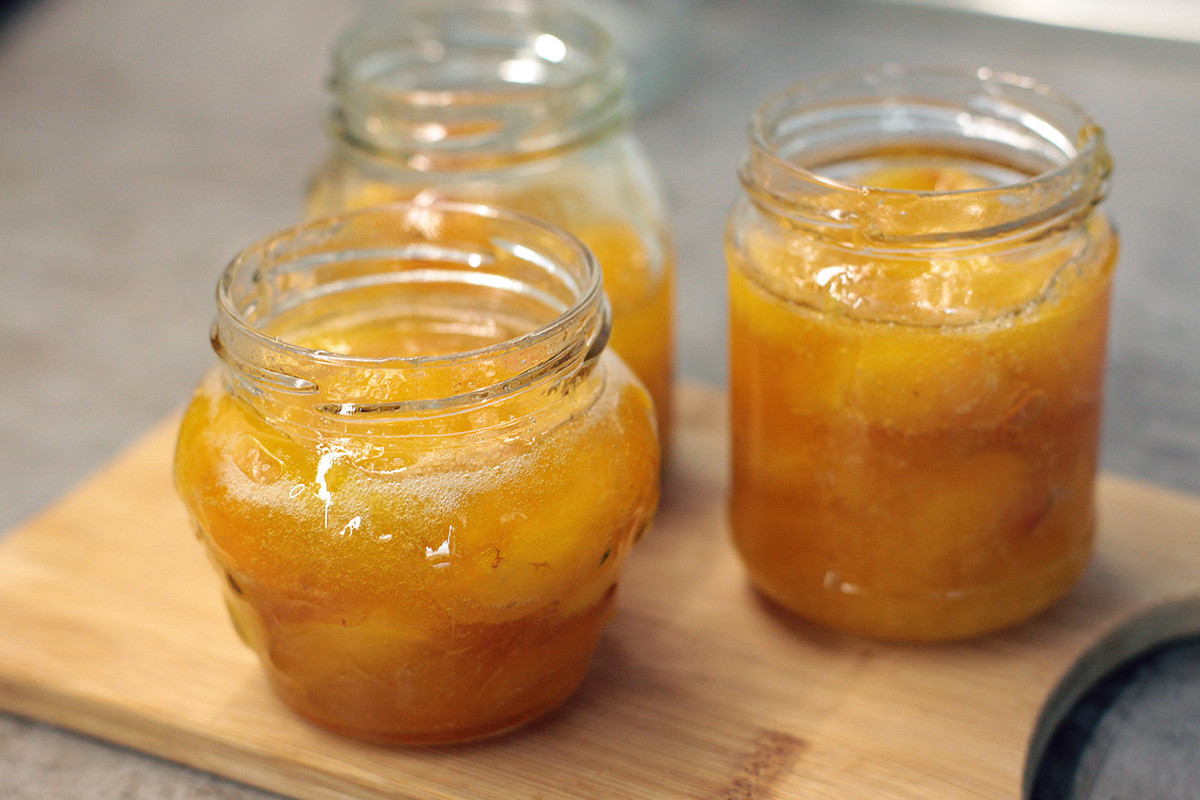
8. Now you can enjoy the taste of Russian summer all year round – priyatnogo appetita!
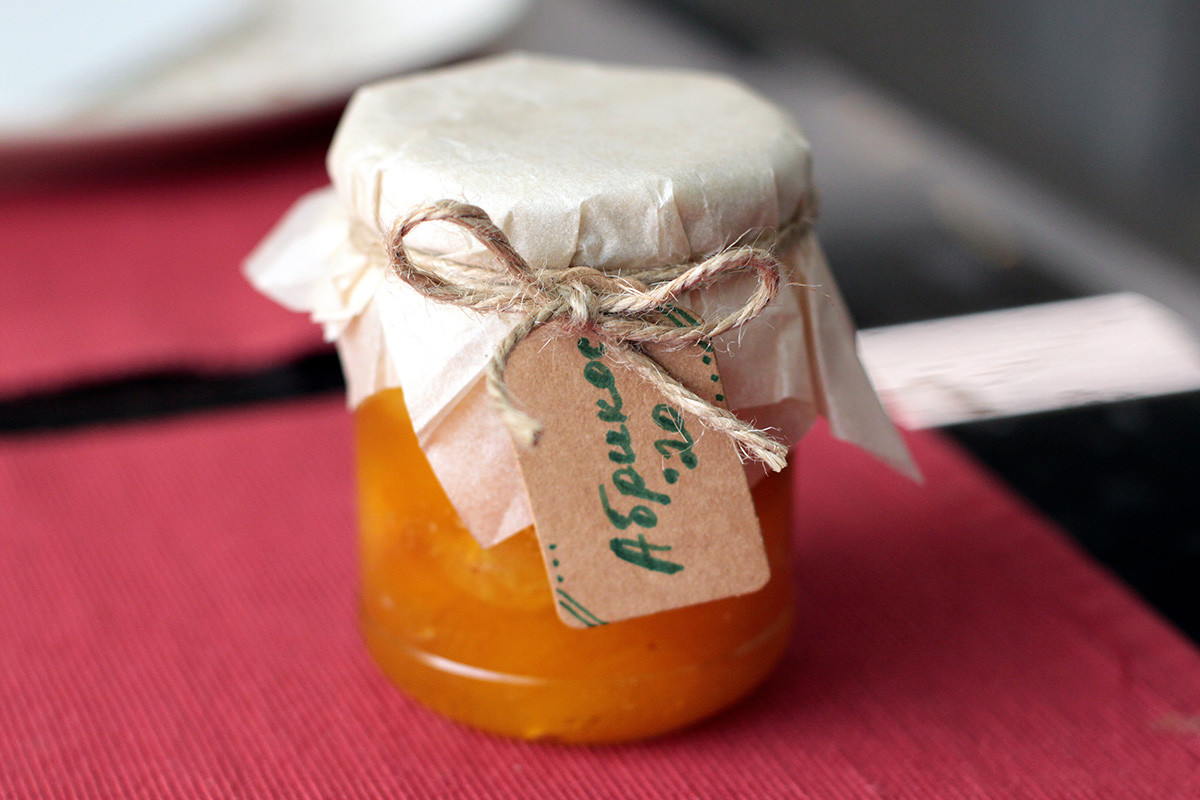
READ MORE: How to bake Soviet shortcrust “peaches” with a sweet surprise (RECIPE)
If using any of Russia Beyond's content, partly or in full, always provide an active hyperlink to the original material.
Subscribe
to our newsletter!
Get the week's best stories straight to your inbox